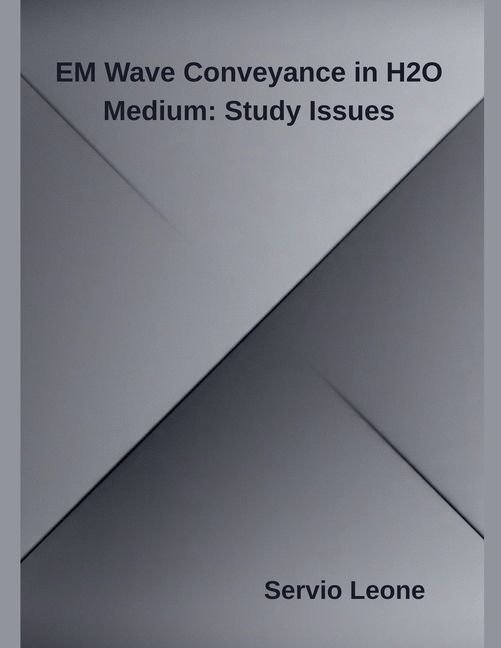Description
In past decade, wireless communication is developing and growing exponentially in speedy manner. A great advancement in wireless communication network has been seen such as increasing accessibility of wireless applications such as mobiles, laptops, computers etc. Wireless communication has significant impact of accomplishing the requirements of many institutions, many organizations and many personal benefits because of its certain valuable and most important features such as lower cost ranges, ultra high speed, great network integration and higher efficiency (Basagni et al., 2004). These types of network are employed and deployed underground or underwater to explore all natural resources in ocean, sea or soil properties, to measure pressure, humidity, temperature etc., autonomous vehicle (AUV) operations and so forth (Stuntebeck et al., 2006; Che et al.,2009). The great potential and excitation with advancement of technology is continuously increasing for developing underwater communication sensor network architecture using Electromagnetic (EM) wave (Che et al., 2010). The electromagnetic waves in water medium has high path loss and attenuation along with path distance, due to this, Underwater wireless communication network (UWCN) depends upon the sonic transducers using sound waves (Liu et al., 2008). Moreover, Acoustic waves has low bandwidth and low data rate capability and low speed of propagation approximately 1500 m/s and high propagation delay (Cui et al., 2006).That's why, more emphasis is being given on employment of electromagnetic waves which has many benefits such as high data rate and high speed, low propagation delay, low power consumption as compared to acoustic waves in water medium and it will increase the life time of sensor nodes (Uribe and Grote, 2009).
Product Details
- Jul 8, 2025 Pub Date:
- 9798231930753 ISBN-10:
- 9798231930753 ISBN-13:
- English Language




